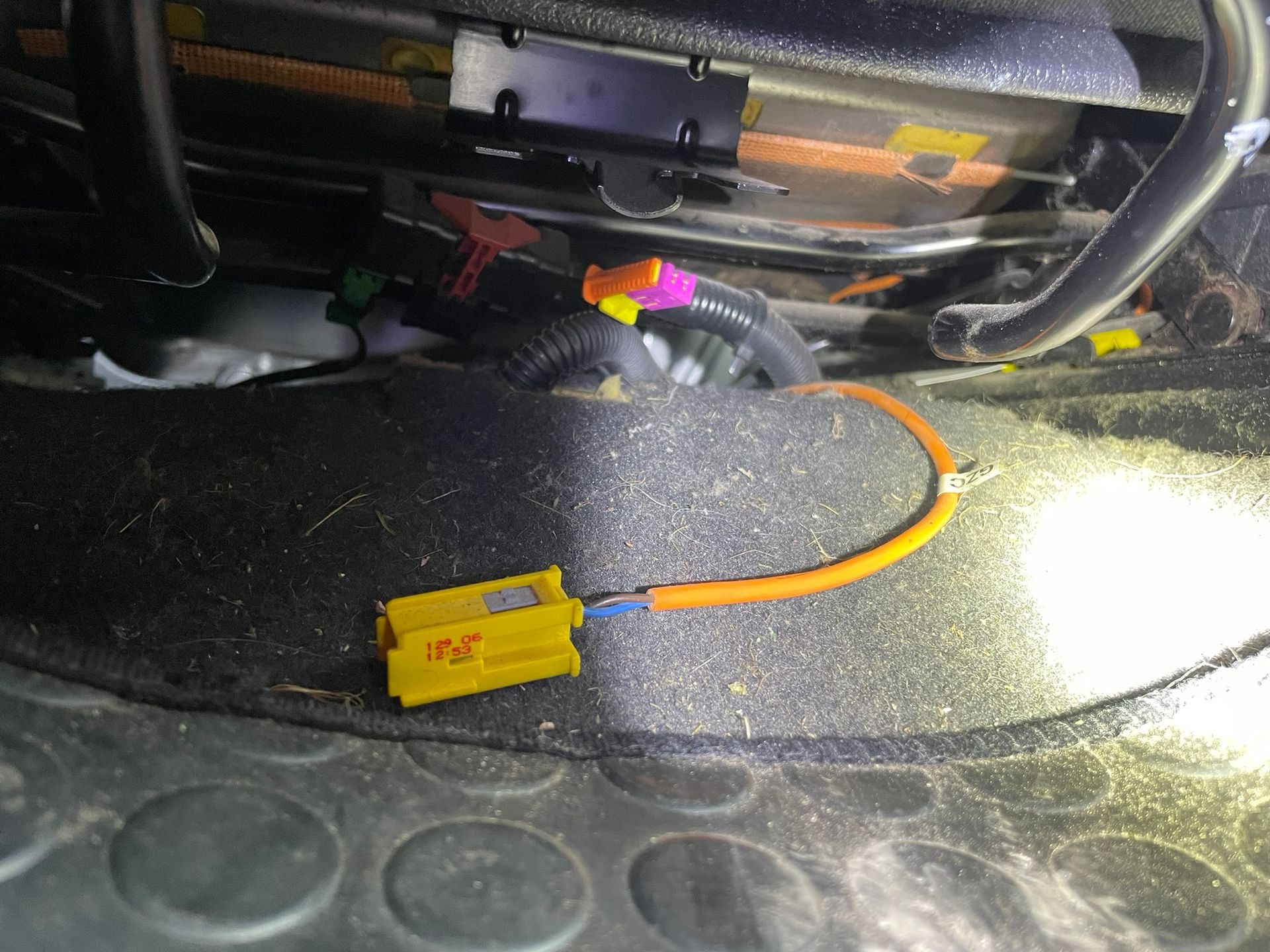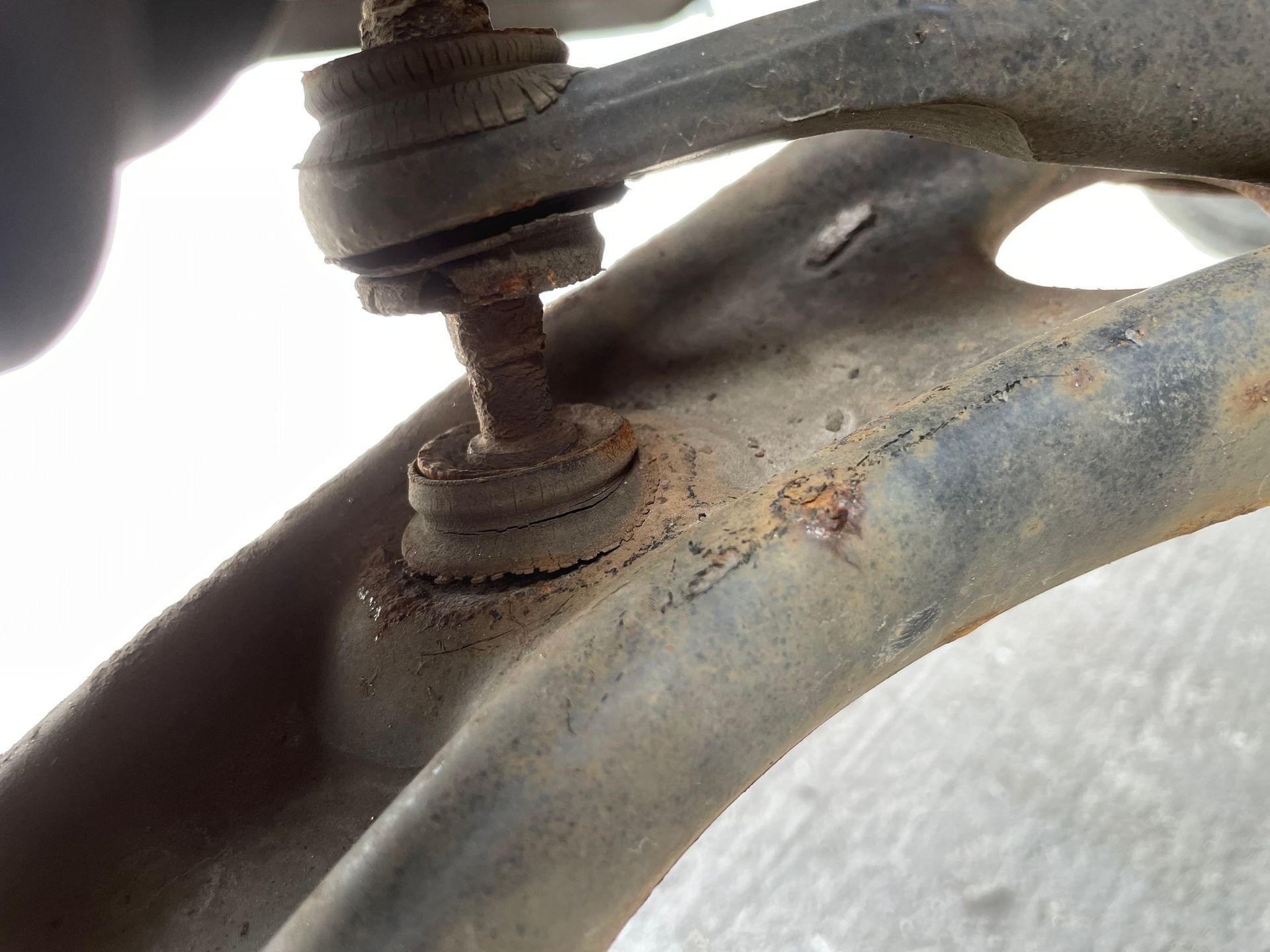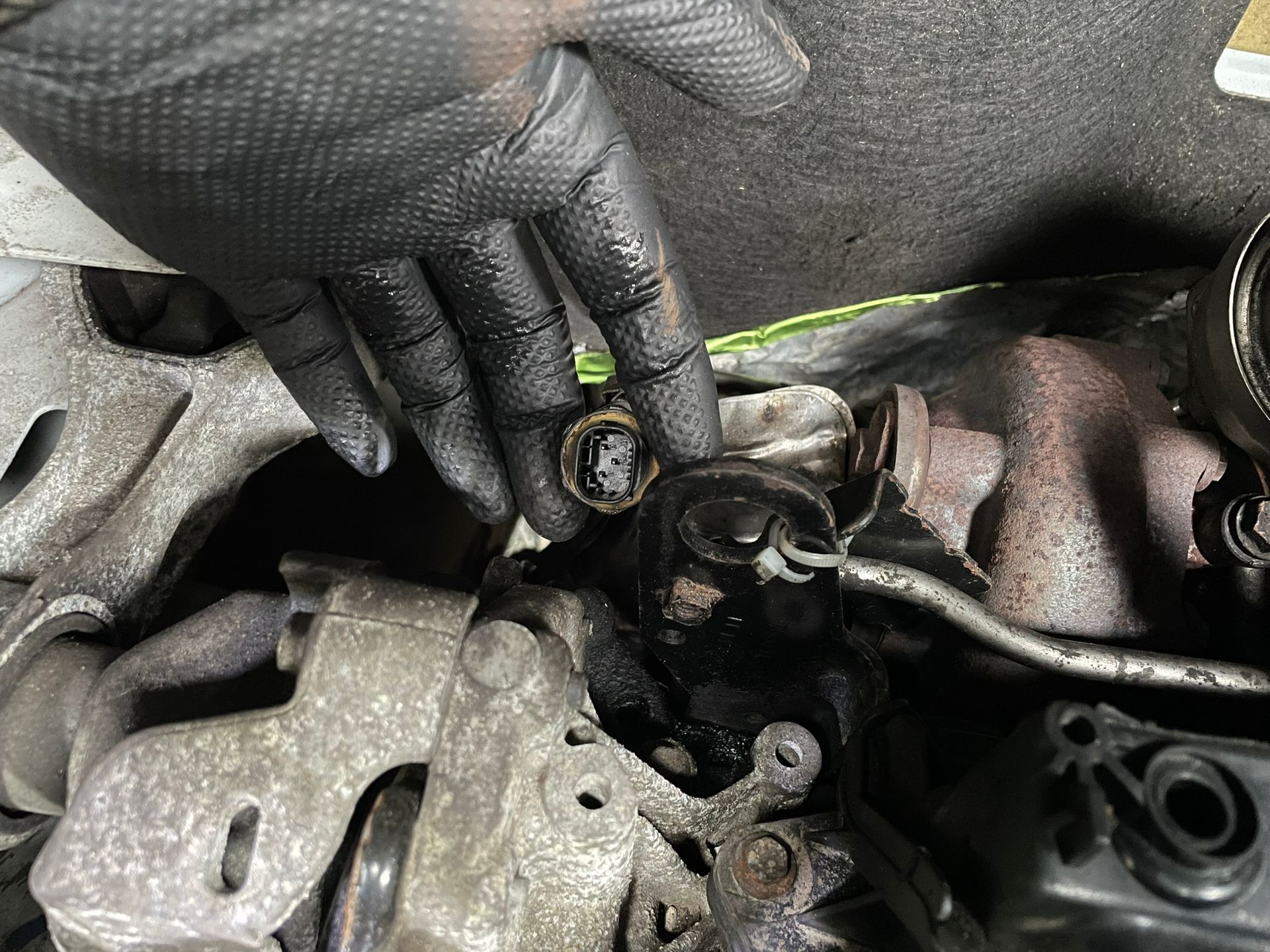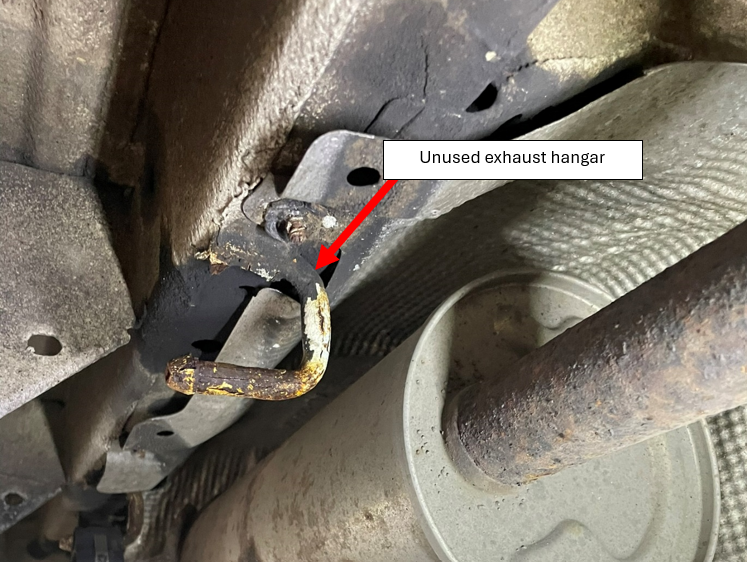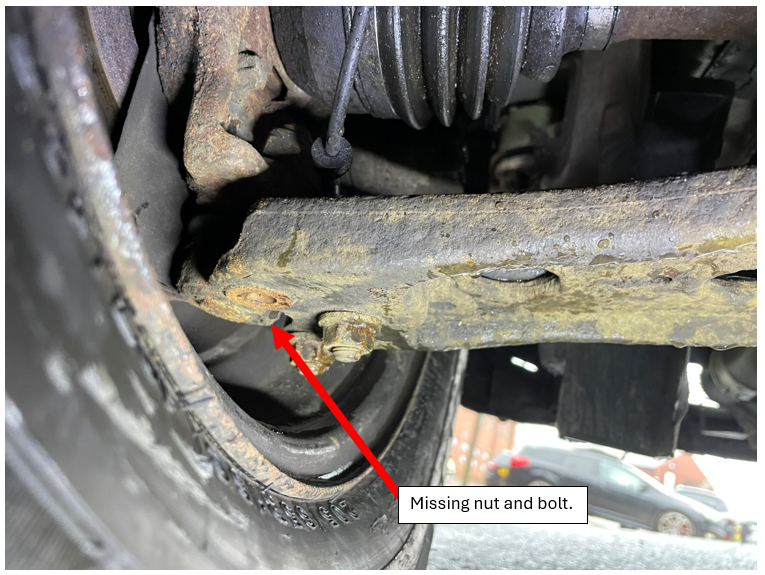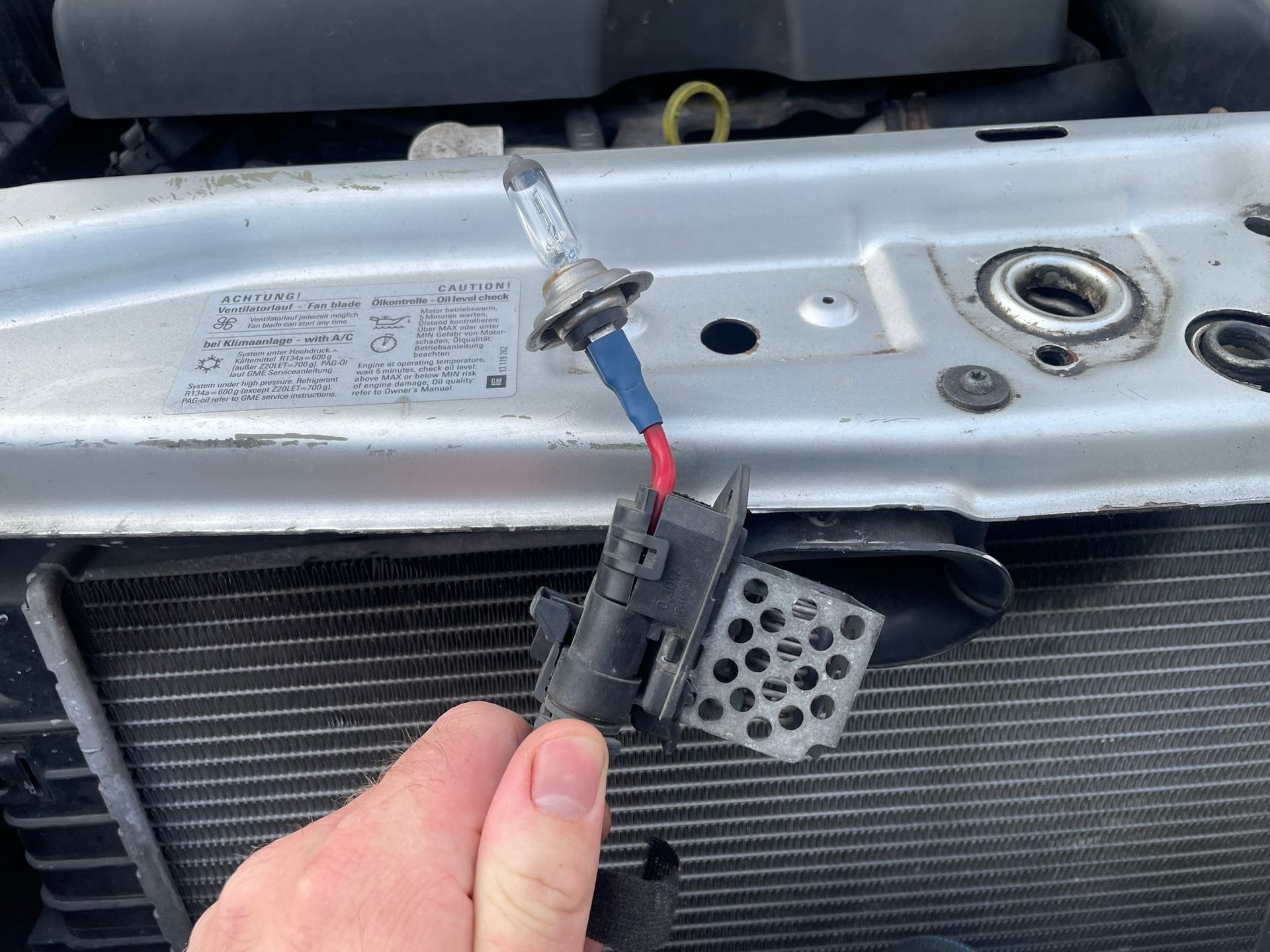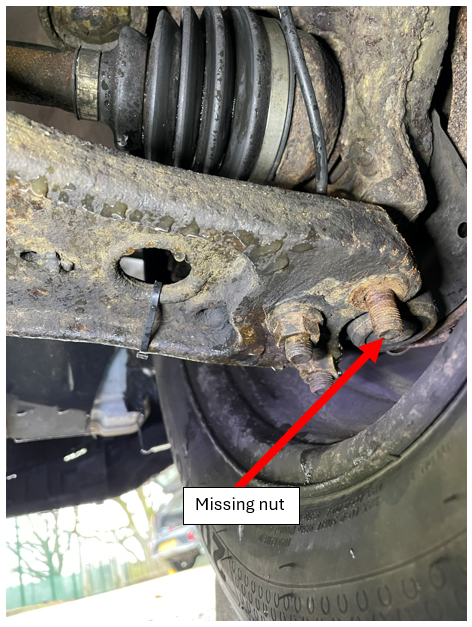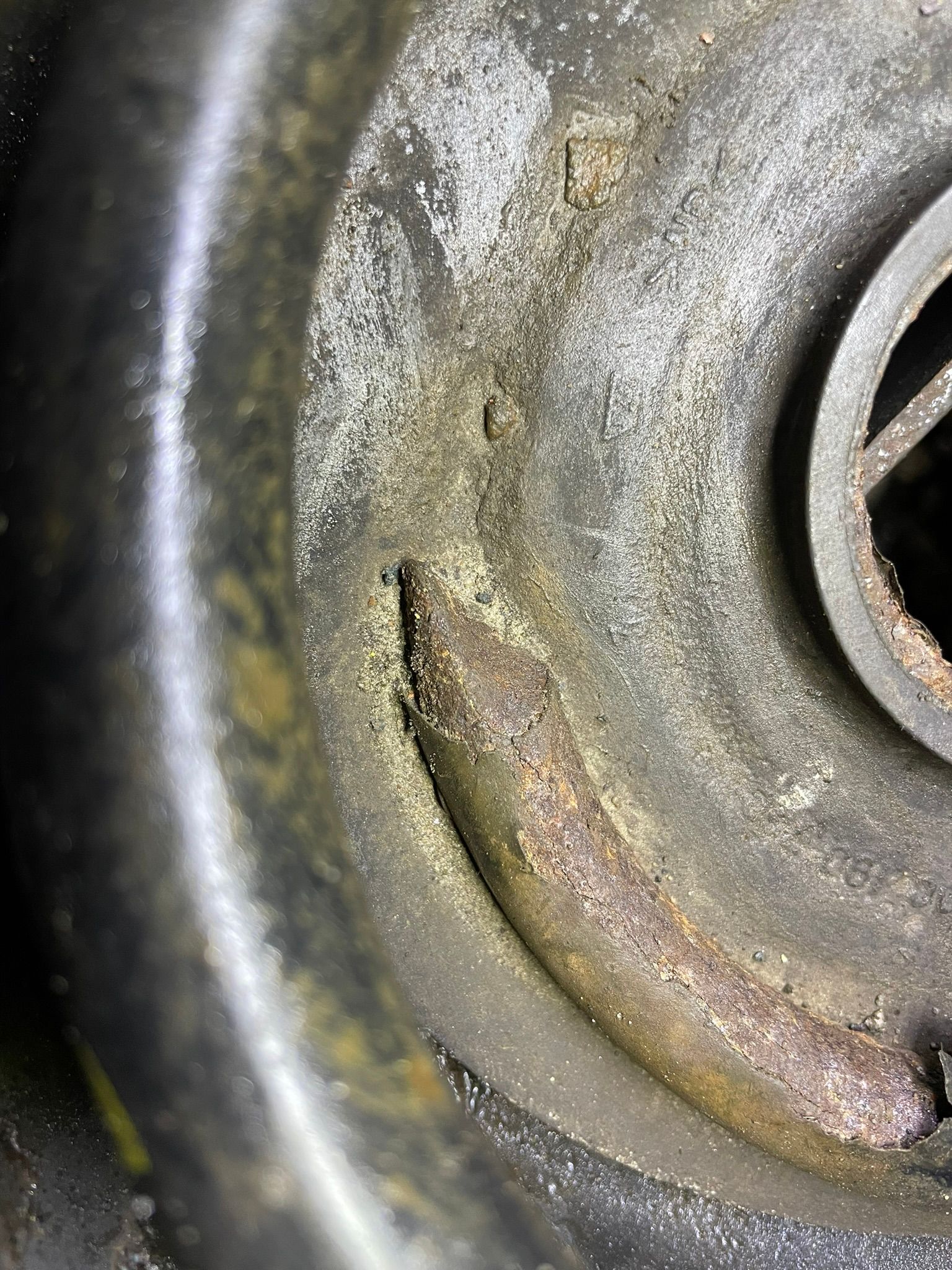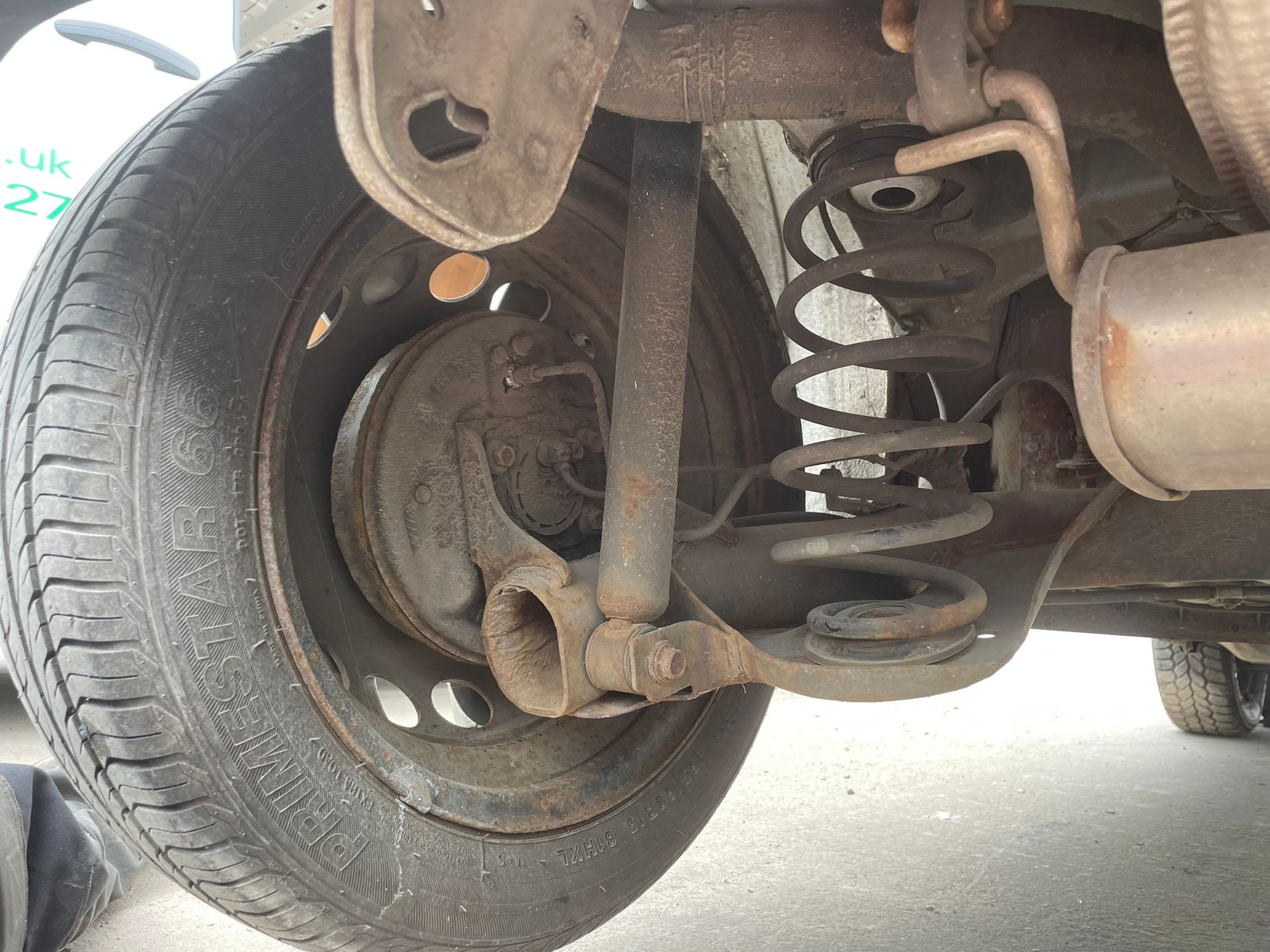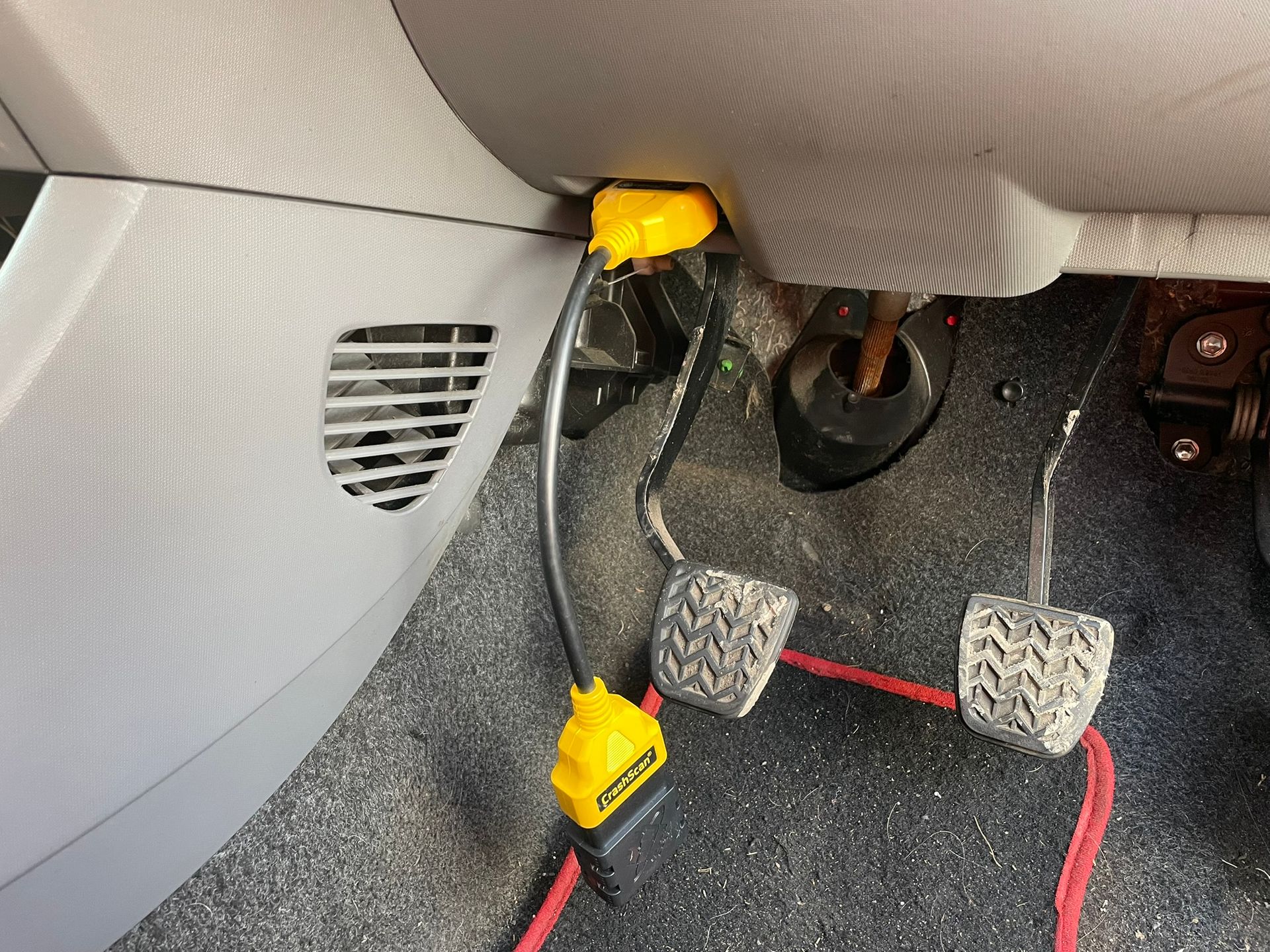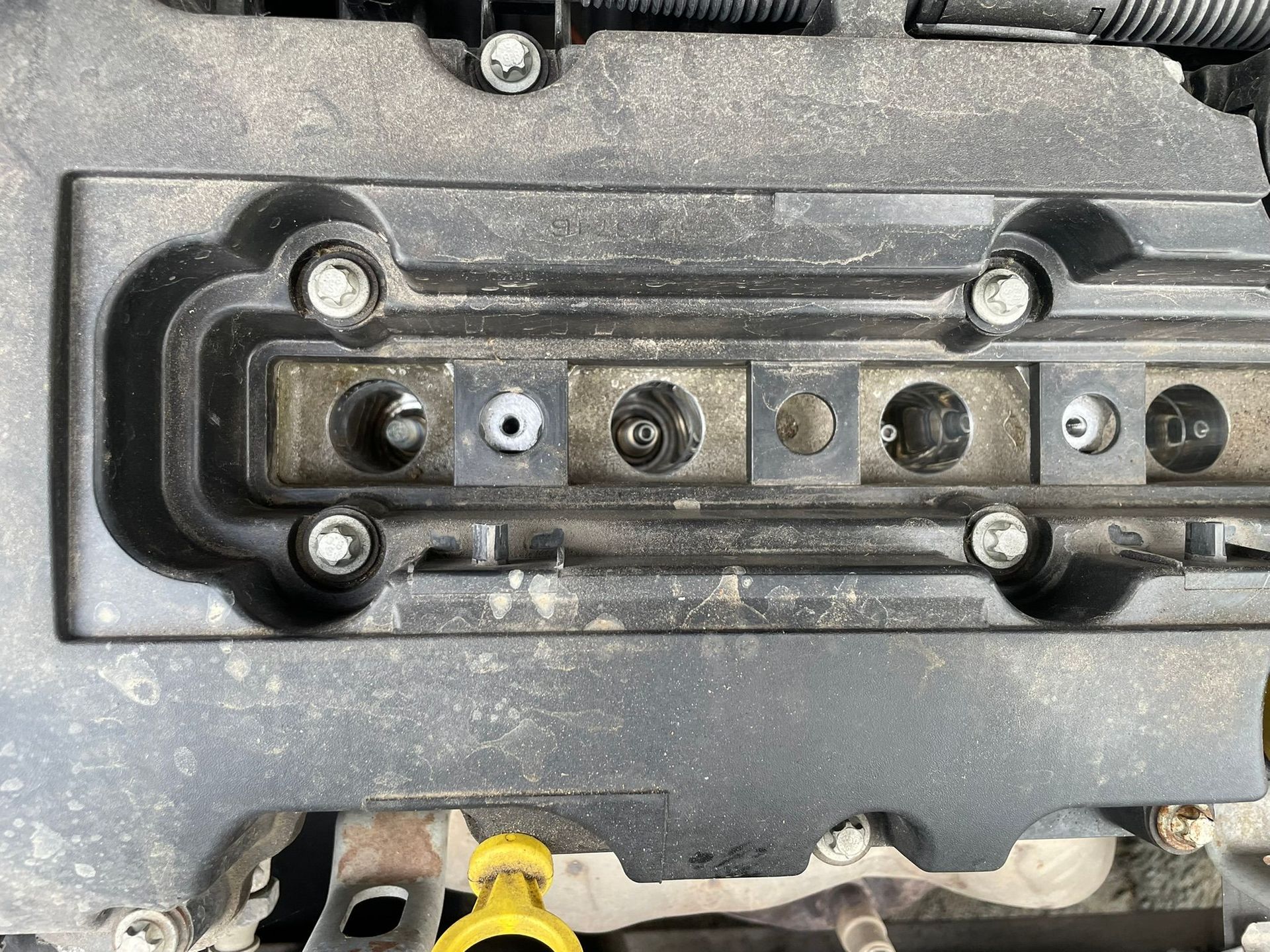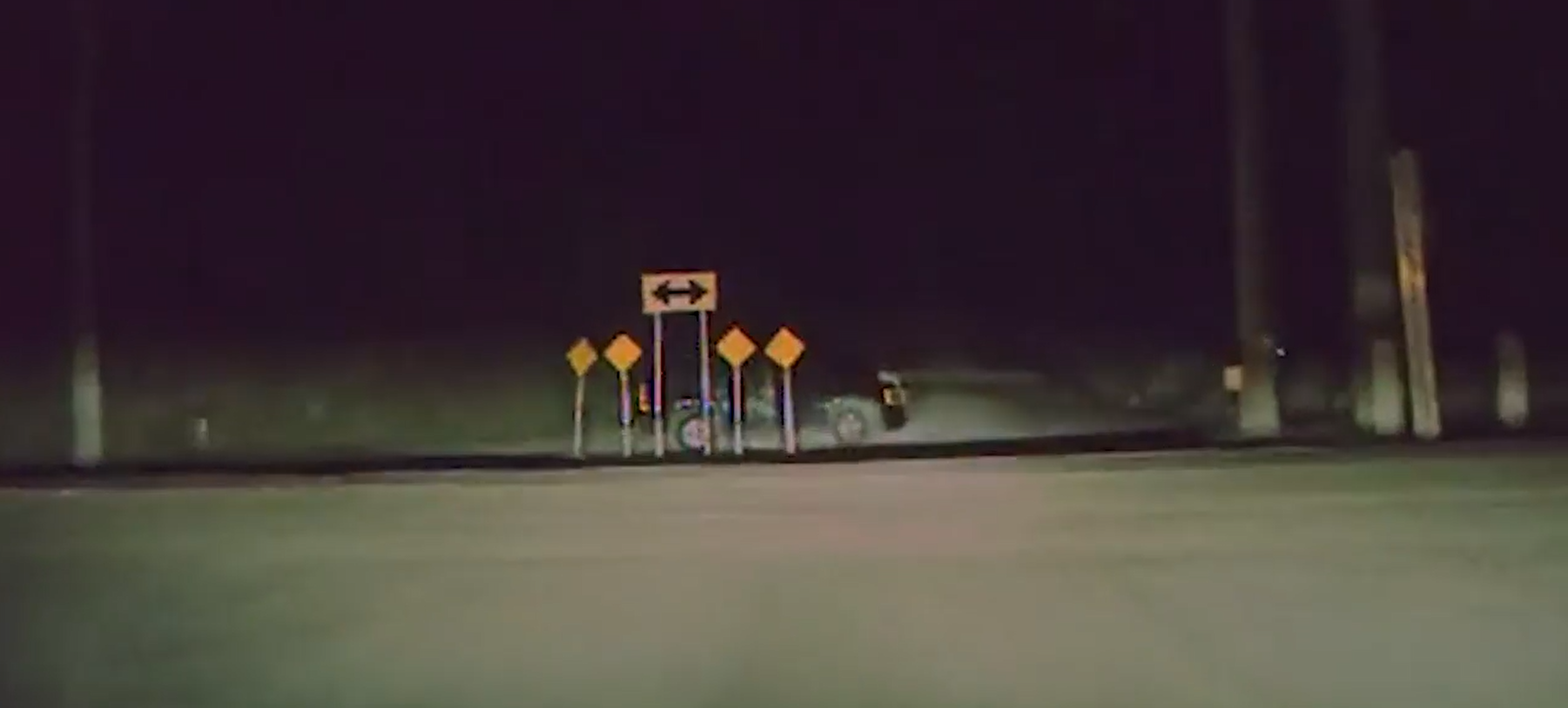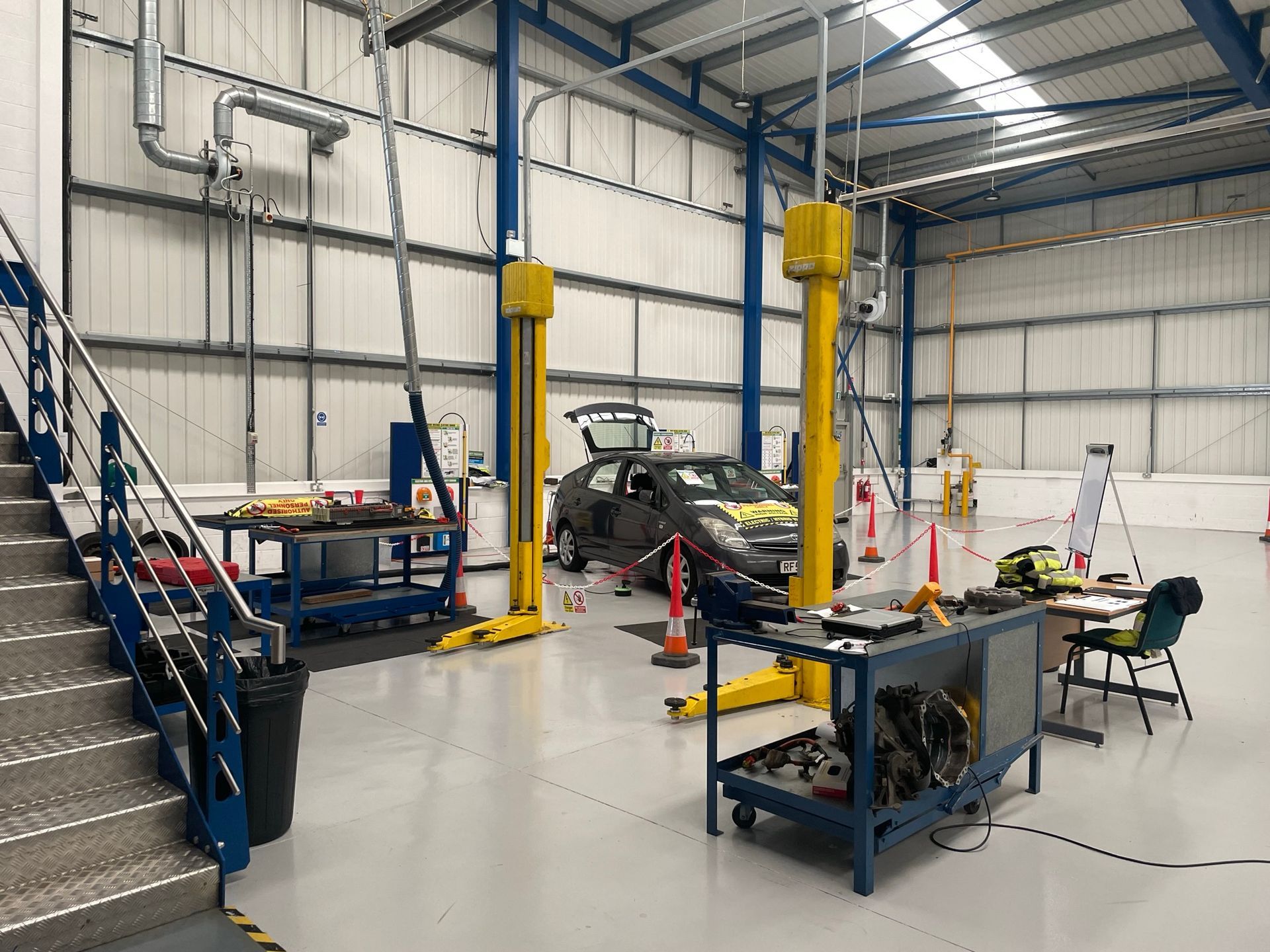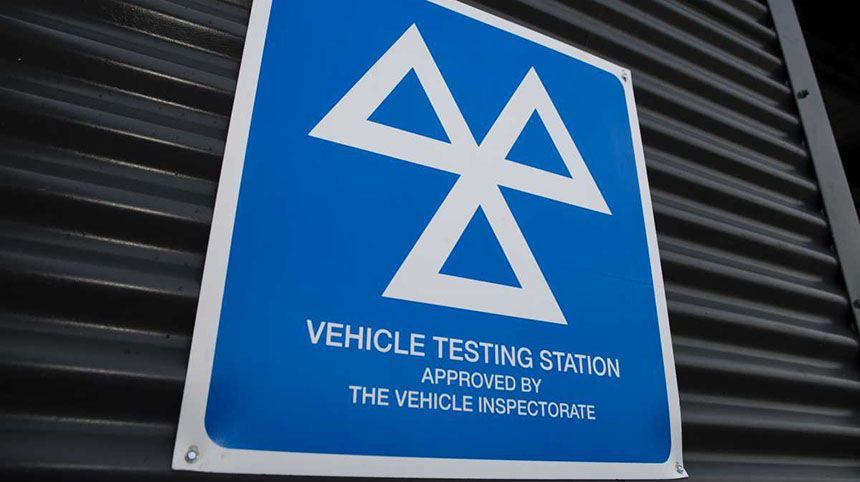If there is a defect, did it contribute to a collision?
I have been a forensic vehicle examiner since 2017, where I have had the opportunity to inspect everything from pedal cycles, motorcycles, cars, light commercials, buses (sometimes referred to as a passenger service vehicle PSV), trucks (heavy goods vehicles) and trailers.
I have included a few discoveries I have made as a forensic vehicle examiner. These have included:
- Missing air conditioning condensor,
- Seat airbags disconnected and bypassed,
- Tyres cracking due to age,
- Missing steering and suspension nuts and bolts,
- Suspensions components in an unserviceable condition,
- Loose radiator,
- Bypassed diesel particulate filter (DPF),
And more.
I have two questiosn for you however.
The first, if you don't look for defects, are you ever going to find them? But if none of the parties allege a defect, why should you look for one? In my experience of collisions, accounts from those involved or those who witnessed the collision, are rarely sufficient enough to rule out a defect with a vehicle. When investigating a collision, you are investigating to determine why a collision occurred, if you have not examined the vehicle involved, how can you discount a defect as a causative or contributing factor? Furthermore, collisions are dynamic and can happen in the blink of an eye. In that time, as a driver, you might not have the time to understand what has just happened in sufficient detail to know whether a defect was present.
Secondly, MOT test statistics from 2023 (1) suggest that over 22% of vehicles tested, failed. This can be as little as a bulb not illuminating to the structure of the vehicle being dangerously weak. Given the alarming rate of vehicles failing an MOT, there is a high chance a vehicle involved in a collision may well have a defect. Where a defect is discovered, the next question is, even if it didnt cause the collision, could it have contributed to the collision in some material way?
Driven Forensics can help with both. We can inspect a vehicle to determine whether there are any defects present and given our experiecne as a forensic collision investigation experience, we are also in a position to determine whether it caused or contributed to the collision or incident.
(1) - https://www.racfoundation.org/media-centre/mot-data-reveals-extent-of-unroadworthy-vehicles#:~:text=In%202023%2C%2043%2C678%2C099%20vehicle%20MOT,not%20HGVs%2C%20buses%20or%20coaches.

